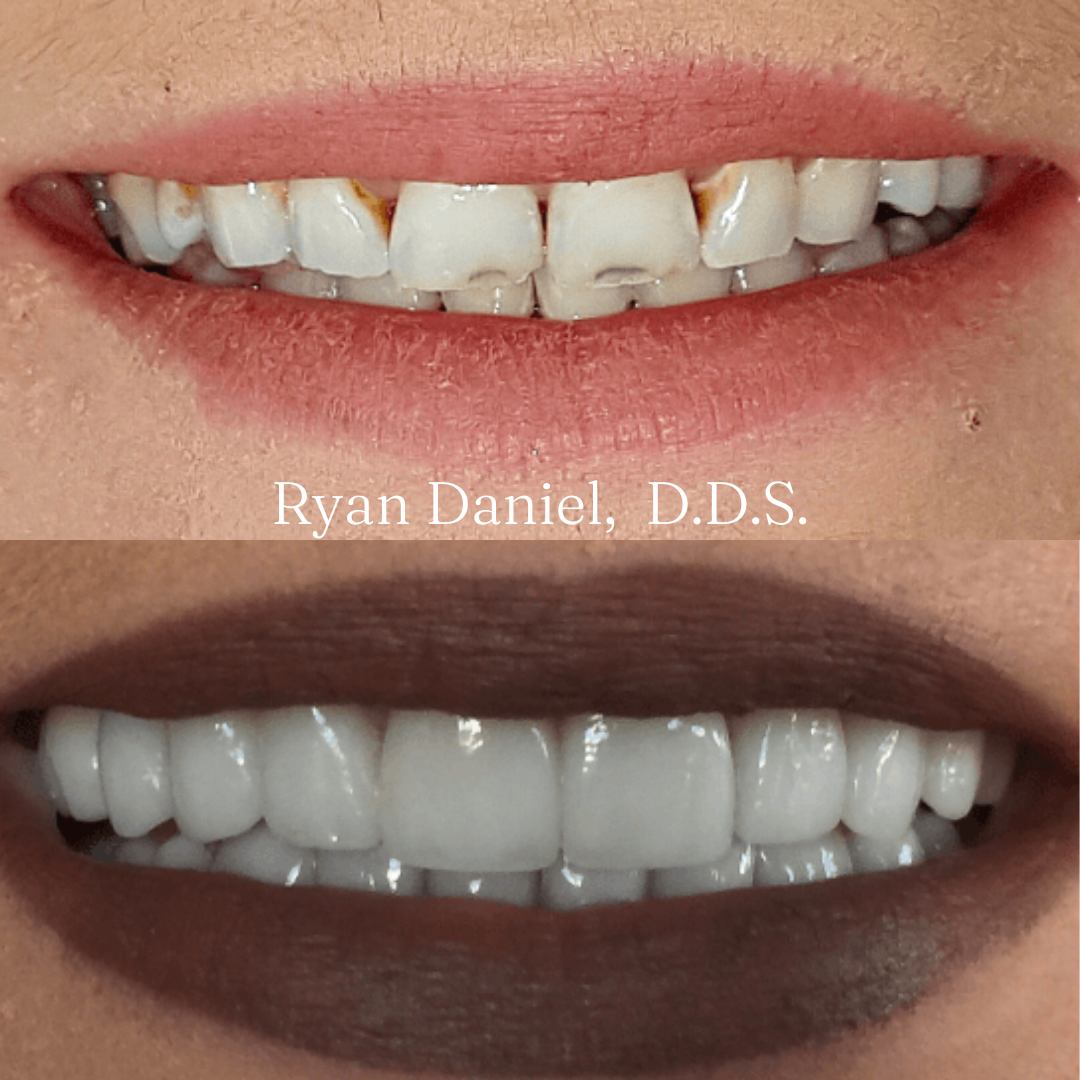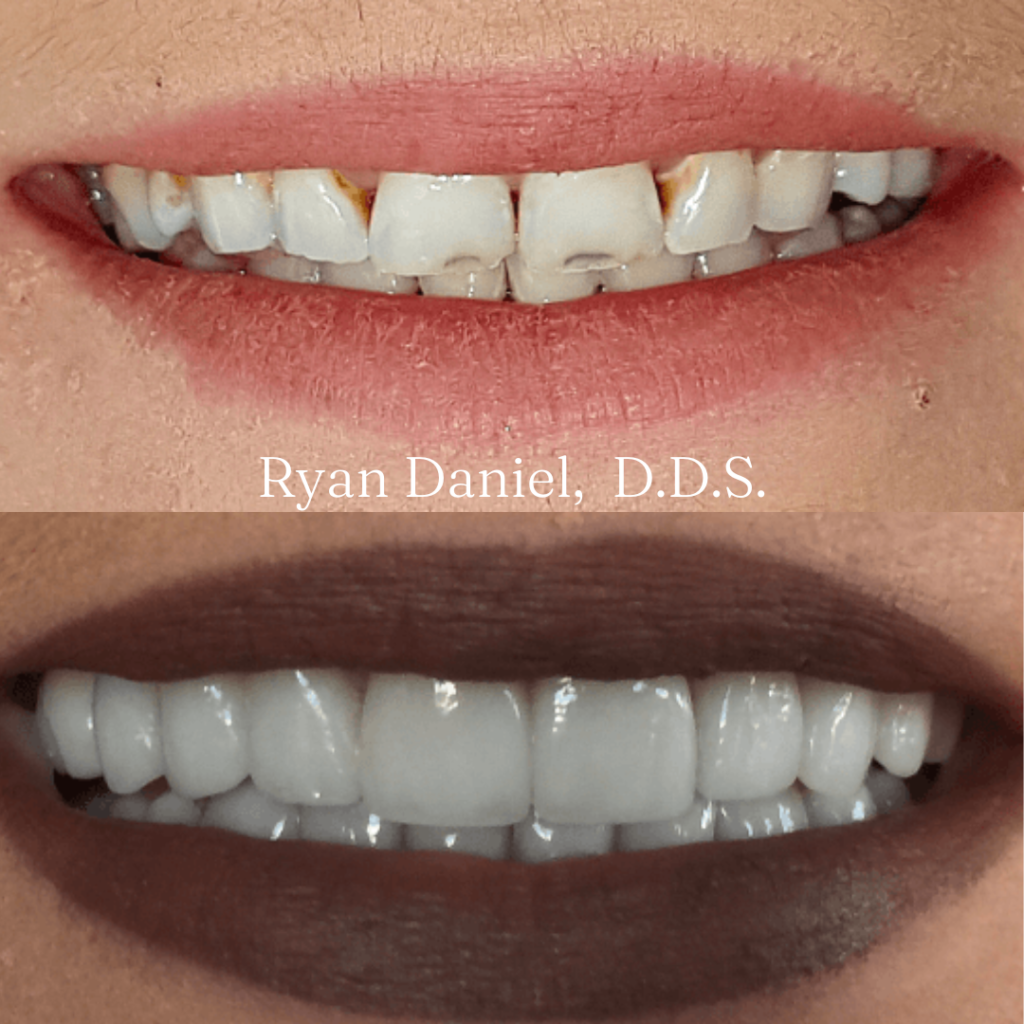Cosmetic Bonding vs. Dental Veneers. Which One to Choose?
“Smile Makeover Showdown: Cosmetic Bonding vs Dental Veneers”
One of the most alluring features a person can possess is a gorgeous grin. However, not everyone is born with teeth that are absolutely straight and white. Cosmetic dentistry in The Colony can help with this. Cosmetic bonding and dental veneers are only two of the procedures that can be used to make teeth seem better. We will contrast these two treatments in this post to make it easier for you to decide which could be best for you.
How does cosmetic bonding work?
Cosmetic bonding is a quick, low-cost process that includes coating a tooth’s surface with a resin material that matches the color of the tooth. A special light is then used to attach the resin to the tooth, hardening and setting the substance in place.
Cosmetic bonding is a versatile treatment that can be used to address a range of cosmetic dental issues, including:
- Cracks and chips in teeth
- Gaps between teeth
- Stains or discoloration
- Misshapen teeth
- Teeth that appear too short
- Mild cases of tooth decay
What are dental veneers?
Dental veneers are thin covers that are created specifically to fit over a tooth’s front surface. Usually constructed of porcelain or composite resin, they are intended to feel and look like genuine teeth. Cosmetic bonding is a simpler and less expensive procedure than dental veneers, which can yield more impressive results. Many cosmetic dental concerns can be addressed with veneers, including:
- Severely stained or discolored teeth
- Chipped or cracked teeth
- Misshapen teeth
- Gaps between teeth
- Teeth that appear too small or too large
- Mild cases of crooked teeth
Cosmetic bonding vs dental veneers: Which one to choose?
Both cosmetic bonding and dental veneers have their pros and cons, and the right treatment for you will depend on your specific dental needs and budget. Let’s take a closer look at the advantages and disadvantages of each treatment.
Advantages of cosmetic bonding:
- Affordable: Cosmetic bonding is generally more affordable than dental veneers, making it a great option for patients on a budget.
- Quick and easy: The bonding procedure can usually be completed in a single visit to the dentist and requires little to no preparation of the tooth surface.
- Reversible: Unlike veneers, cosmetic bonding is a reversible treatment that can be removed or replaced if needed.
- Less invasive: The bonding process typically involves less removal of tooth enamel than veneers, which can be a concern for some patients.
Disadvantages of cosmetic bonding:
- Less durable: Bonding materials are not as strong as veneers and may need to be replaced more frequently.
- Prone to staining: Bonding materials can be more prone to staining than veneers, particularly if you consume foods or drinks that are known to stain teeth (like coffee or red wine).
- Limited application: Bonding is best suited for addressing minor cosmetic issues and may not be suitable for more severe cases.
Advantages of dental veneers:
- More durable: Veneers are stronger and more durable than bonding materials and can last for 10-15 years or more with proper care.
- Natural-looking: Veneers are designed to look and feel like natural teeth, and can be customized to match the color, shape, and size of your existing teeth.
- Versatile: Veneers can be used to address a wide range of cosmetic dental issues, including severe staining, misshapen teeth, and gaps between teeth.
- Stain-resistant: Porcelain veneers are highly resistant to staining, making them a good option for patients who want to maintain a bright, white smile.
Disadvantages of dental veneers:
- Expensive: Veneers are typically more expensive than cosmetic bonding, and may not be covered by dental insurance.
- Time-consuming: The veneer process can take several weeks, as it involves creating custom molds of your teeth and sending them to a dental lab for fabrication.
- Invasive: Veneers require more preparation of the tooth surface, which can be a concern for patients who want to preserve as much of their natural tooth structure as possible.
So, which one should you choose?
The answer to this question depends on a variety of factors, including the severity of your cosmetic dental issues, your budget, and your personal preferences.
In conclusion, dental veneers and cosmetic bonding are both successful procedures for enhancing the appearance of teeth. Dental veneers are a more enduring and adaptable alternative to cosmetic bonding, which is more inexpensive and less invasive. You can choose the procedure that is best for you by weighing the benefits and drawbacks of each one and consult an appointment with an experienced cosmetic dentist. To maintain the lifespan and beauty of your new smile for many years to come, remember to take proper care of it.






 |
|